Graham Reid | | 3 min read
The Isley Brothers with Jimi Hendrix: Move Over and Let Me Dance (1965)
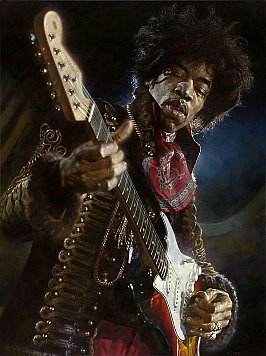
In 1964 the Isley Brothers – a
doo-wop/r'n'b outfit from Cincinnati who had scored a hit with Twist
and Shout – were playing a show in a baseball stadium in
Bermuda. They had their own in-built support act, they simply sent
their band out to warm up the crowd. But on this night there was
whooping from the audience and a guy came into their dressing room
and asked, “Who is that guy out there?”
Ronnie Isley says they peeked out “and
there was Jimmy down on his knees biting his guitar and the crowd
were just going crazy”.
That Jimmy would, in three years,
become Jimi Hendrix and his wild man stage antics – picked up on
the road while touring the South with various bands – would startle
and amaze British audiences as much as his astonishing guitar
playing. But here was Hendrix, in the same year the Beatles were a
pop band starring in A Hard Day's Night, being a sexy, bad-boy
entertainer. No wonder Little Richard, the Isley Brothers, Ike and
Tina Turner, and many other jobbing bands couldn't contain him.
The years before he arrived in England
in September 66 have rarely been explored by the Hendrix industry
which has pumped out literally hundreds of posthumous albums, some of
doubtful authenticity or worth.
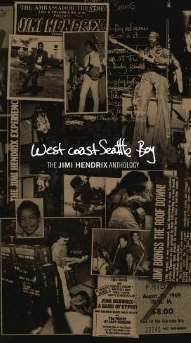 But the new 4CD/DVD box set West
Coast Seattle Boy: The Jimi Hendrix Anthology -- authorised by
Experience Hendrix – opens with a whole disc of pre-fame Jimi.
But the new 4CD/DVD box set West
Coast Seattle Boy: The Jimi Hendrix Anthology -- authorised by
Experience Hendrix – opens with a whole disc of pre-fame Jimi.
With the Isleys there is wicked rock'n'soul playing on Testify, and his distinctively fluid sound across all of Move Over and Let Me Dance . . . and curiously Have You Ever Been Disappointed contains the line “all the lonely people, where do we all come from?” the year before Eleanor Rigby.
Hendrix is also here with Don Conway (who knew Jimi was guitarist on the r'n'b chart-topper Mercy, Mercy in 64 which the Stones later covered faithfully?), Little Richard (a minor self-referencing piece Dancing All Around the World), the little known soul belter Rosa Lee Brook (who Jimi was introduced to by fellow guitarist Arthur Lee in Lee's pre-Love days) and others.
Unusually there is nothing of Hendrix with Curtis Knight (see here).
But almost everywhere in these constraining r'n'b and soul songs you hear that fiery, barely contained genius waiting to bust out.
My Girl with the Icemen finds him exploring guitar
sounds that would become May This Be Love and
Little Wing.
And the next three discs – 41
previously unreleased songs or alternate recordings of classics and
album tracks, seven live tracks among them – show how that fire
burned phosphorescent and, away from the constraints of American
r'n'b and soul, burst out into counterculture psychedelic blues, free
form rock and gentle ballads.
Early on the first disc however are
Experience alternate takes not dissimilar to the released versions
(Fire, Can You Hear Me, Love or Confusion etc),
a limp treatment of Dylan's Tears of Rage (with ), another
version of Mr Bad Luck which appeared on the recent Valleys
of Neptune (the working drawing for the more political Someone's
House is Burning Down).
Things pick up from the middle with intimate versions of 1983 and Long Hot Summer Night as Hendrix went back to the blues (My Friend) or became more experimental: there is a beautifully fragile version of Angel, a trippy seven minute New Rising Sun, some exciting working drawing (Messenger, Untitled Basic Track) and studio jams (and a couple of duffers), some live material . . .
And just as Hendrix's life became muddied, frustrating and more beholding to lawyers than his muse, you can also hear pieces here on the final disc in which that anger is channeled into music, or the man sounds weary and going through the motions.
The
collection closes with the acoustic, reflective Suddenly
November Morning, the effect is like
hearing Bob Marley's Redemption Song
at the end of Uprising. It sounds like a weary farewell.
Much of this will be for collectors but
the overview offered is impressive in scope and the music comes with
an excellent 90 minute DVD bio-doco Jimi Hendrix: Voodoo Child by Bob Smeaton (who did the
Beatles Anthology and clips on the Beatles remastered discs last year) with Jimi interviews, sometimes thrilling live
performances, previously unseen footage and photos, and Jimi's own
words delivered by Bootsy Collins.
Okay, it's a lot of Jimi Hendrix.
There's a single CD version (none of the pre-fame tracks) with the
Smeaton doco, but it seems paltry compared to the big picture of the
box set.
In a world awash with Hendrix, West Coast Seattle Boy might seem an indulgence and a marketing exercise. And to some extent it is both.
But that first disc is revelatory and after that it is a journey through genius -- sometimes genius on autopilot – and a man whose guitar was an extension of himself and his personality.
“It's not an act, it's a state of being,” he said of his performances.
Ernie Isley remembered Hendrix in 64
attached to his instrument: “He played it all the time . . . like
the sun is shining, Jimmy's playing his guitar.”
Here are shaft of brilliant sunshine from Jimi Hendrix, sometimes surrounded by very dark clouds.
For another alternative view of Jimi Hendrix go here.

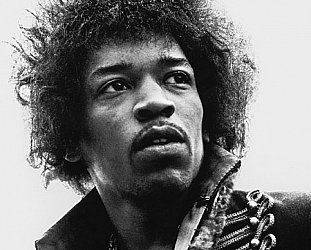
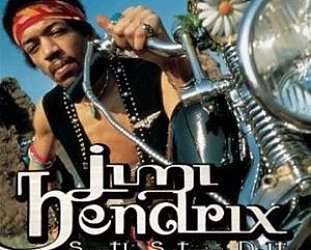
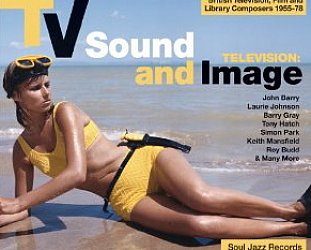


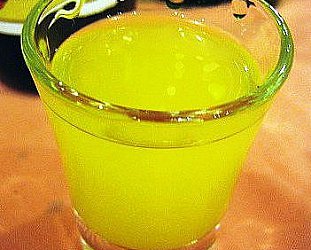
Fraser Gardyne - Dec 7, 2010
Hi Graham,
SaveI always thought it was "Voodoo Chile" not "Voodoo Child"? One of my all time top 10 favourite songs. Ben Harper does (or used to do) a killer version live as sadly Jimi isn't around.
JP - Dec 9, 2010
@ Fraser. The confusion arises because there are actually two different songs (both on Electric Ladyland);
SaveVoodoo Child
and
Voodoo Chile (Slight Return)
post a comment